Functions of Different Parts of Brain:
Following are the functions of different parts of Brain.
- Olfactory Lobes- It is a seat of smell. The sense is very well developed in Scoliodon (Dog Fish, Shark) and dogs. It is, however, very poor in the case of man because man totally depends upon the sight in spite of moderate vision.
- Cerebrum- It receives the sensory impulses in its specific areas (visual area, auditory areas etc.) from all the sense organs and initiates motor impulses for voluntary movements to function according to sensory impulses. Its association areas correlate and interpret the various stimuli from different sense organs for efficient co-ordination of body activities. It is the dominant seat for will, power, intelligency, memory, experience and conscious sensation.
- Diencephalon (Thalamus)- It acts as relay centres to receive and transmit general sensations of pain, touch and temperature etc. to the cerebral hemisphere. Diencephalon (hypothalamus) secretes neurohormones that control the activity of the pituitary gland. It is a centre for temperature regulation, hunger and emotional reactions.
- Optic Lobes- It is the centre of visual activity and controls the movement of eyeballs.
- Crura Cerebri- It is involved in controlling muscle tone and modifying some motor activities. Relaying the impulses in the brain like sensory as well as motor.
- Cerebellum- It helps to maintain the equilibrium of the body, moderation of voluntary movements and maintenance of muscle toning.
- Pons Varoli- It coordinates the transmission of impulses between the medulla oblongata and cerebral hemisphere and between the hemispheres of the cerebrum and cerebellum.
- Medulla Oblongata- It controls involuntary functions of the body through centres like cardiac centres (heartbeat), respiratory centres (respiration), vasomotor centres (contraction of blood vessels), salivary centres (secretion of saliva) etc. It also controls coughing, sneezing, vomiting, urinating, defaecation, gut peristalsis, swallowing of food etc.
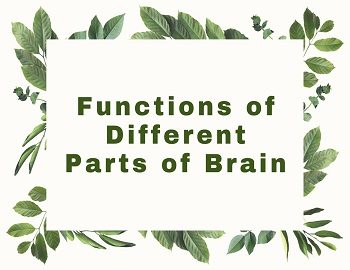

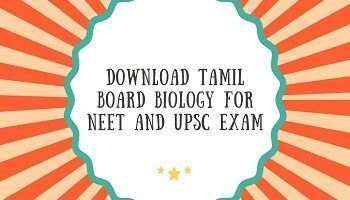

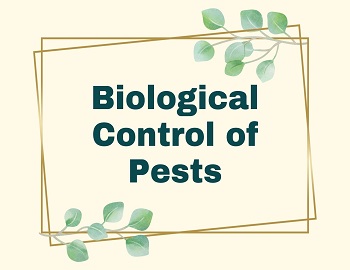
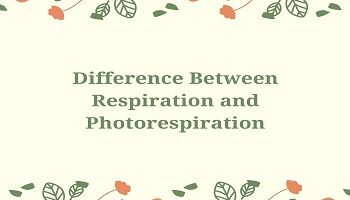


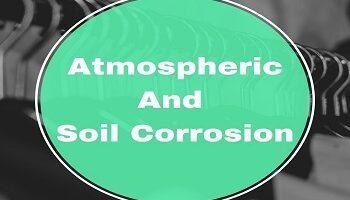
Comments (No)